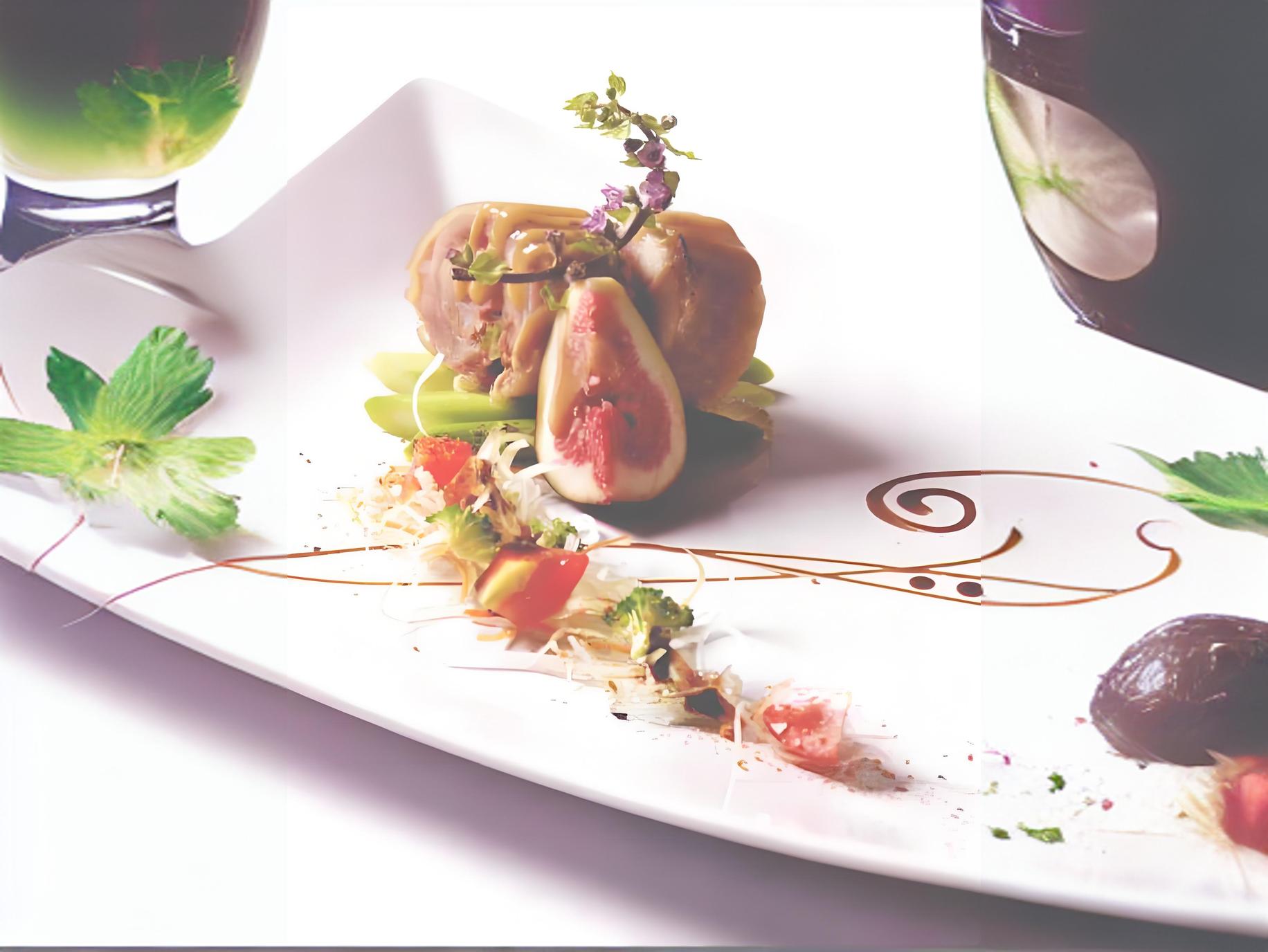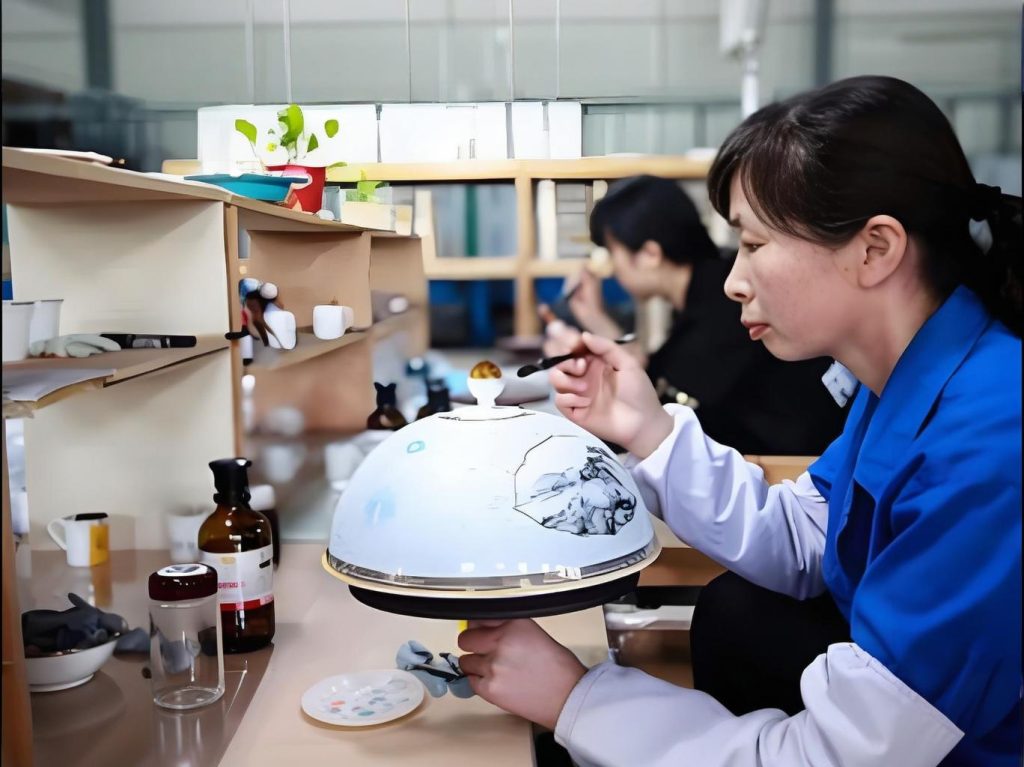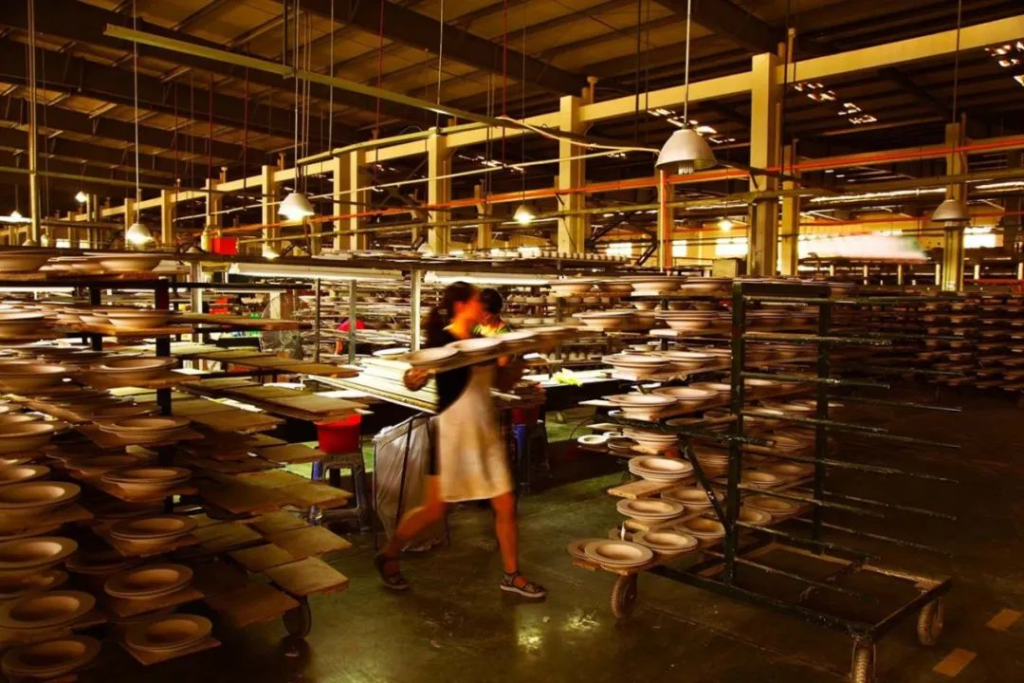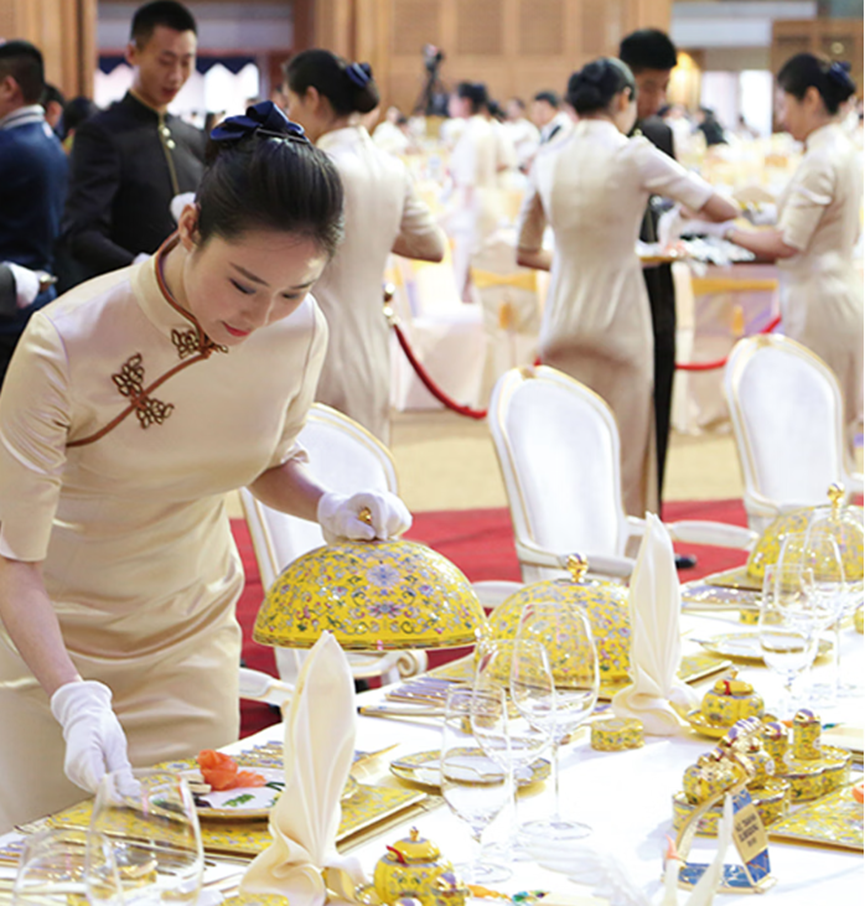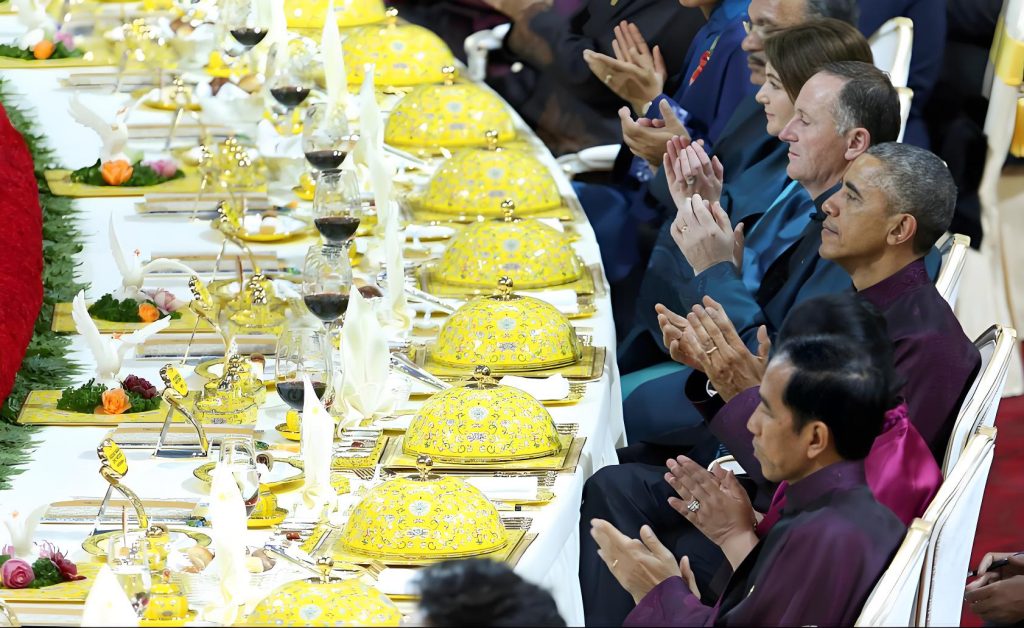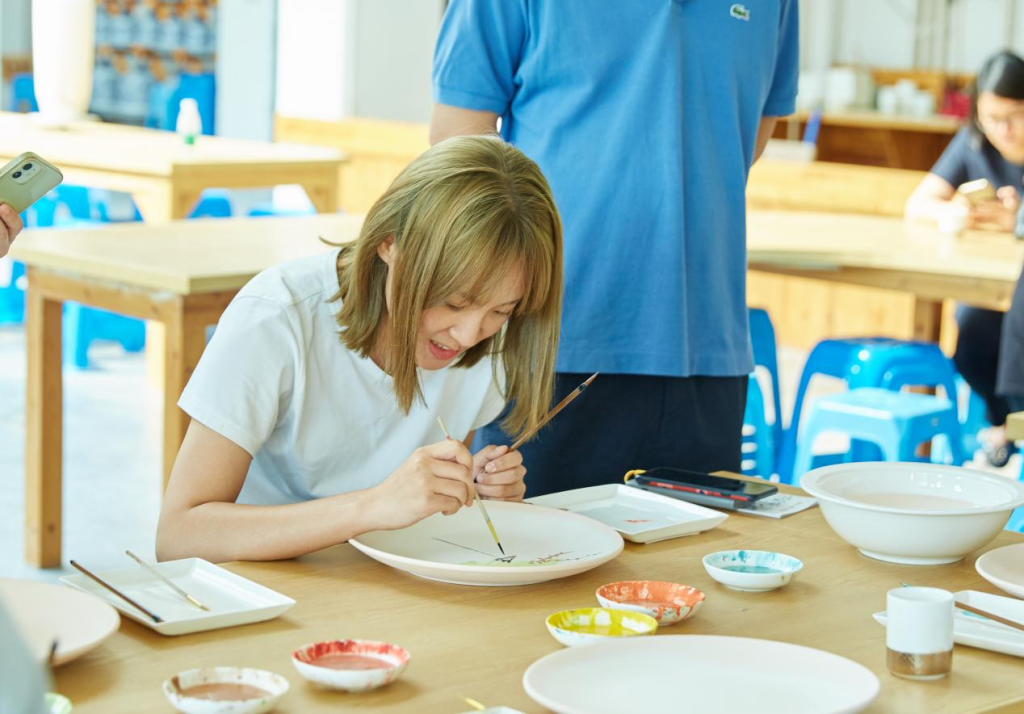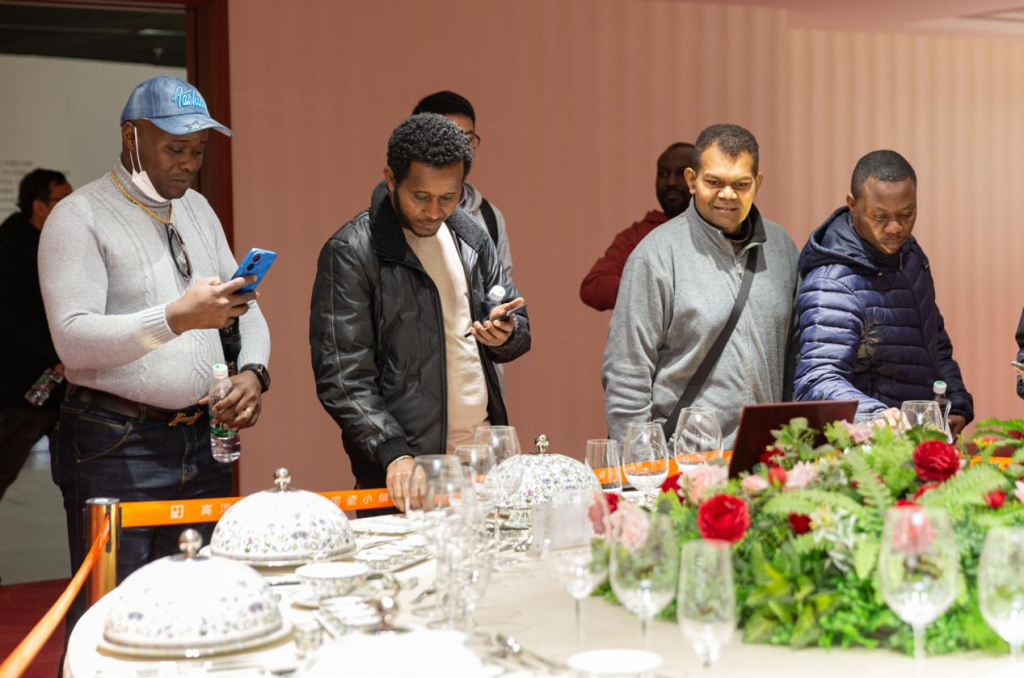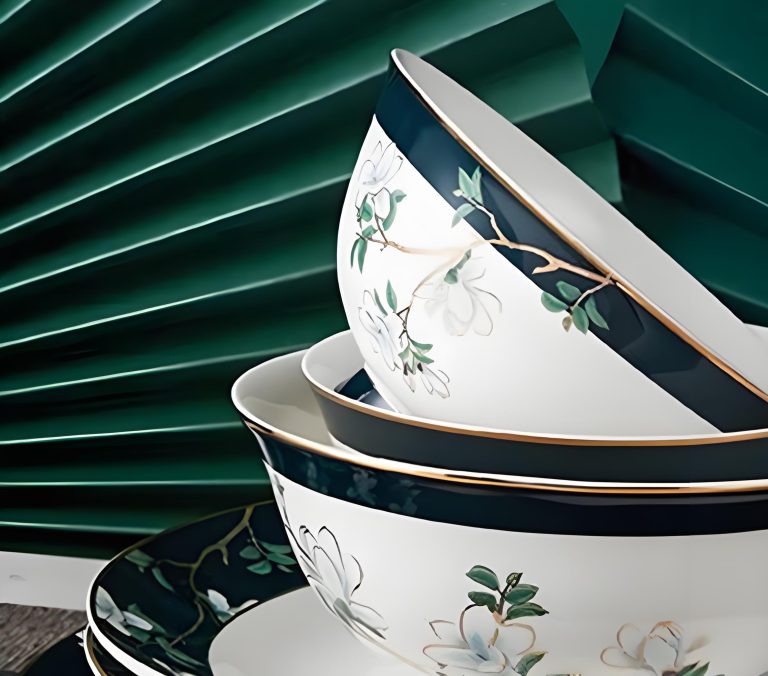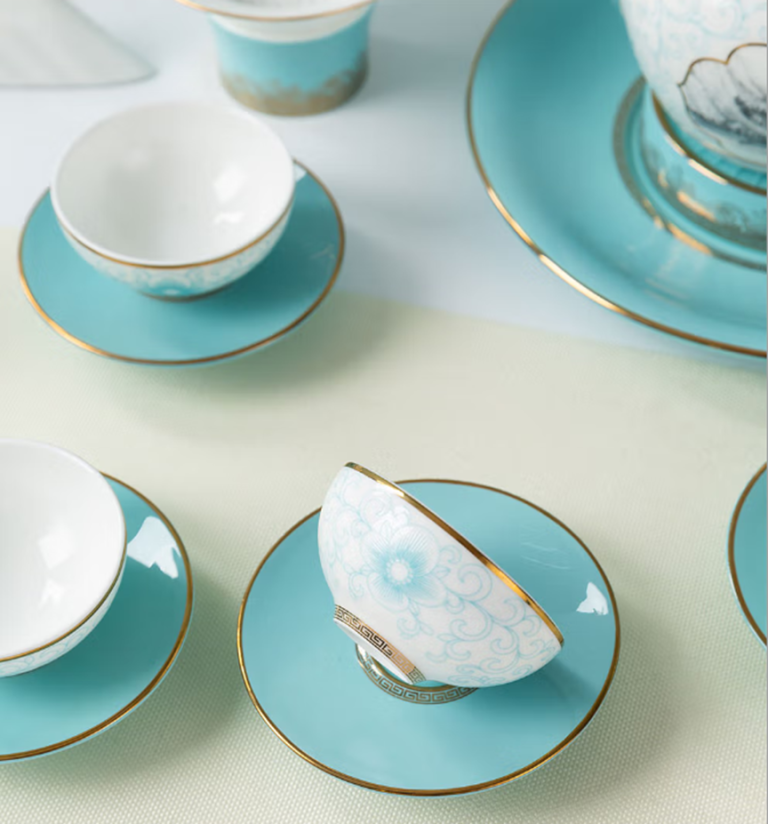Plating Techniques for Fermented Red Bean Curd Chicken Drumsticks
The chicken leg, marinated in fermented red bean curd, naturally carries a light orange-yellow hue. To create contrast, a black plate was intentionally chosen for plating. The black base serves as a backdrop, accented with vibrant decorations in red, orange, yellow, and green. This colorful yet balanced presentation not only highlights the freshness of the vegetables but also enhances the dish’s overall visual appeal with the rich contrast provided by the dark plate.
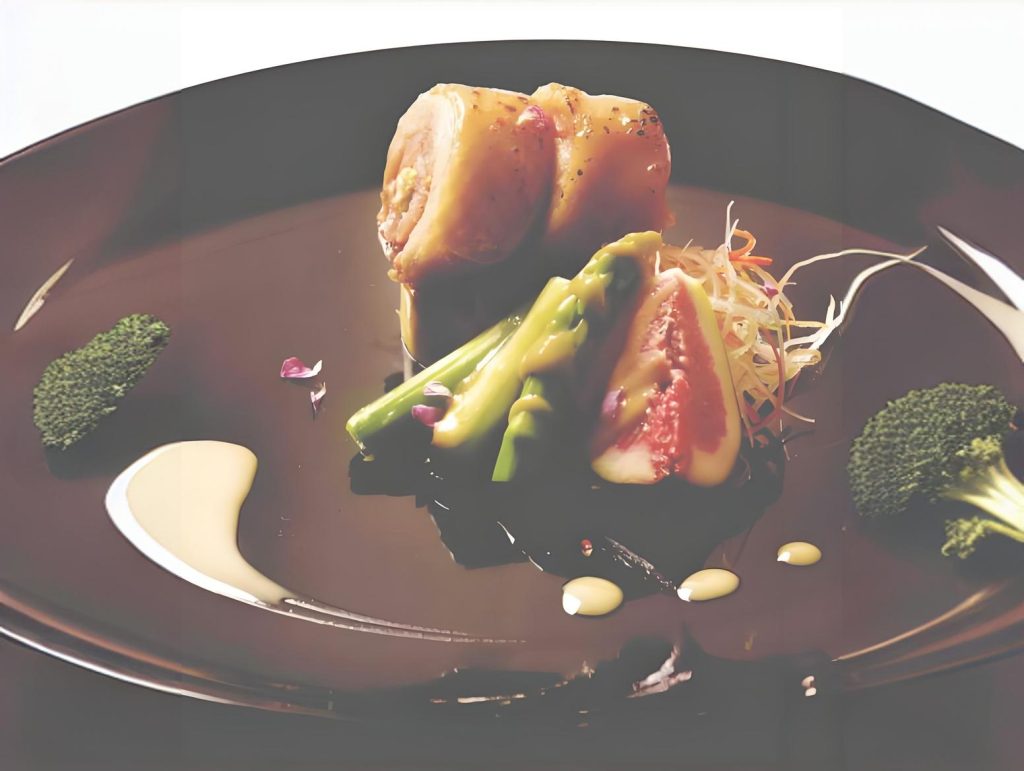
Ingredients: Chicken thighs, sugar, fermented red bean curd, white wine, etc.
Instructions: Mix the chicken thighs with fermented red bean curd, salt, sugar, and a little wine in a bowl. Once the chicken has absorbed the flavors, place it in a pan and cook over low heat until the thighs are golden brown. Remove from the pan and slice into thick pieces using a diagonal cut. Finally, use a torch to lightly sear the surface of the chicken thighs.
Scene 1: A Symphony of Contrasting Colors in the Side Dishes
Plating Method

①On a black plate, squeeze a generous drop of sesame sauce, then use a spoon to spread it into a semi-arc, finishing with five dots of varying sizes, from large to small, at the end.
②Gradually add the side dishes: first, arrange the pan-fried zucchini slices, then place the julienned celery and carrot strands beside them to create a touch of color. Next, position quartered figs nearby, and finally, lean the asparagus spears diagonally on top.
③After pan-frying the chicken thighs with fermented bean curd, slice them diagonally into thick pieces. To balance the main dish with the side dish, only two pieces of chicken thigh are used here. Lightly torch the skin of the chicken thighs to create a textural contrast. Place the two pieces of chicken thigh on top of the zucchini.
④Finally, drizzle sesame sauce over the asparagus in a zigzag pattern and sprinkle edible rose petals on top to add a burst of color.
Plating Tips: When placing shredded garnishes, you can first lightly press them into a ball shape with your palm to set the form and then determine their placement to prevent them from scattering.
Scene 2: A Fresh and Simple Culinary Landscape
When using plain white dinnerware for plating, to avoid giving diners the impression of heavy flavor or greasiness from the chicken leg, the chef reduces the portion of the main ingredient and adds a large amount of vegetable and fruit garnishes. The use of various colorful elements such as green, red, and white conveys a fresh and natural feel. Remarkably, in the verdant plating design, the fermented red bean curd chicken leg blends seamlessly. The chef cleverly uses a sliced fig as a transition between the chicken leg and the garnish below, allowing the diner’s gaze to freely wander across this vibrant and lush culinary landscape.
Plating Method
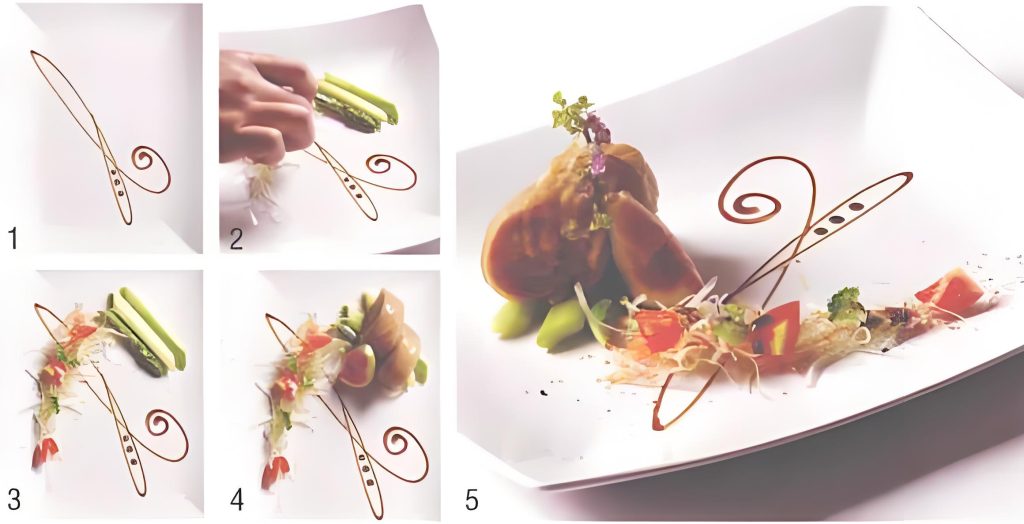
①Use balsamic vinegar to create abstract vine-like patterns on the plate.
②Grilled asparagus is arranged in parallel in one corner of the plate, aligning with the pattern’s lines. Next, place celery, shredded daikon, and shredded carrot.
③Place small diced tomatoes and slices of cauliflower alternately.
④Two thick slices of fermented tofu marinated chicken thighs rest on a bed of asparagus, with a fig leaning casually to the side.
⑤Drizzle a few drops of balsamic vinegar over the shredded radish and sprinkle some shichimi powder for flavor. On the chicken thigh, create lines with sesame dressing, and finally, place a sprig of shiso flowers as the visual focal point of the plating.
The secret to plating: The strokes on the plate depend on the diameter of the dish and the consistency of the sauce. The thicker the sauce, the slower it flows, making it easier to control when plating.
If you have any questions or need to custom dinnerware service, please contact our Email:info@gcporcelain.com for the most thoughtful support!

